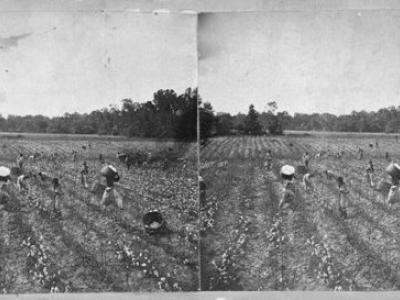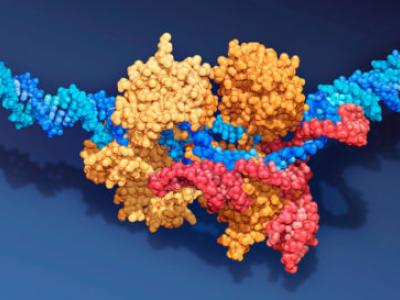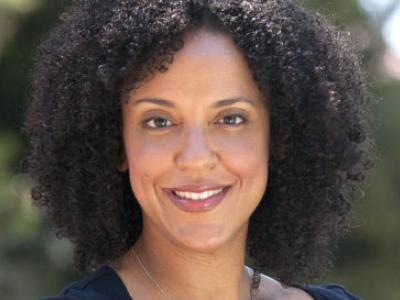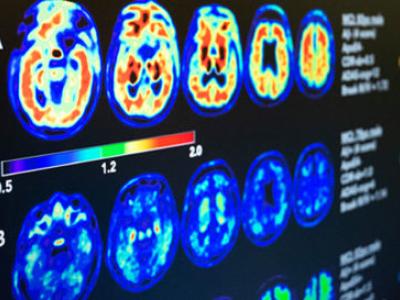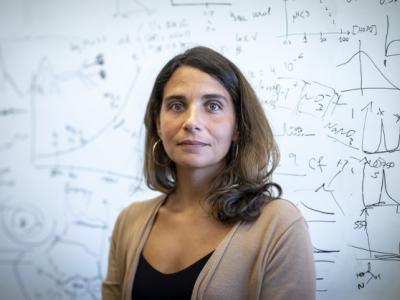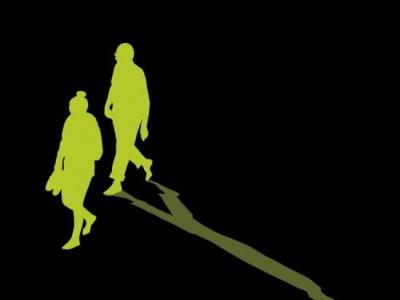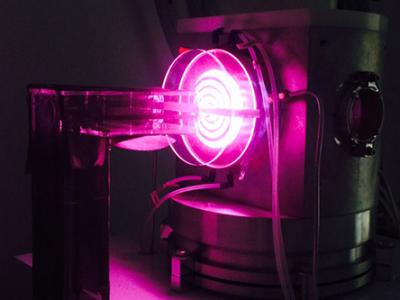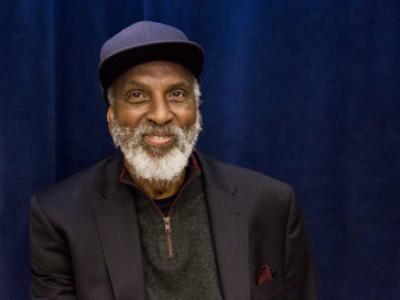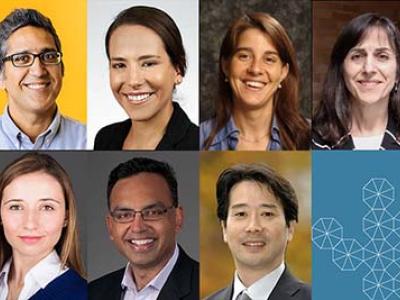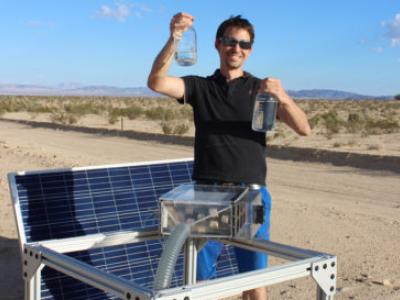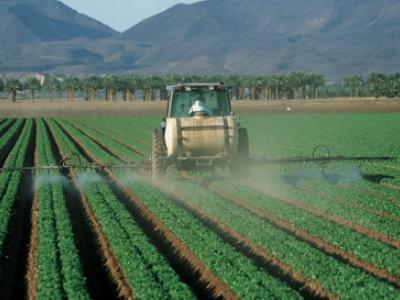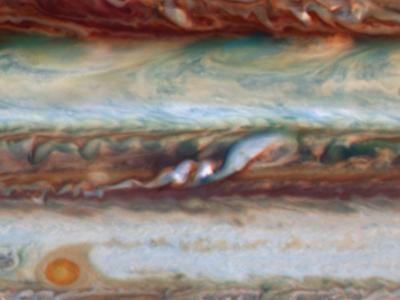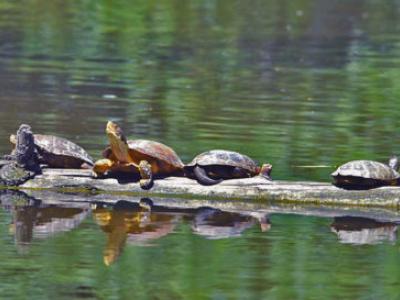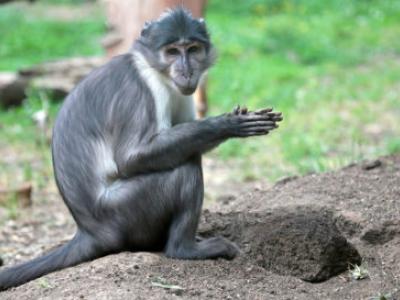For many, Berkeley Law Dean Erwin Chemerinsky wrote the book on Constitutional Law. Named the most influential person in legal education in 2017 by National Jurist magazine, Chemerinsky agreed to share some insights about the Constitution’s tenets, history, and challenges.
Research News
Learn more about UC Berkeley's researchers and innovators.
Showing 1505 - 1520 of 3462 Results
The U.S. Patent and Trademark Office (USPTO) today awarded the University of California (UC), University of Vienna and Emmanuelle Charpentier a patent for CRISPR-Cas9 that, along with two others awarded this month, brings the team’s comprehensive portfolio of gene-editing patents to 14.
UC Berkeley and UCSF to form the UCSF-UC Berkeley Schwab Dyslexia and Cognitive Diversity Center thanks for a $20 million gift to support research on dyslexia and similar neurodevelopmental language-processing disorders, or learning differences.
With education in the U.S. becoming more privatized than ever before comes mounting inequality within the education system, says Janelle Scott, a professor in the Graduate School of Education and the Department of African American Studies at UC Berkeley. In an interview with No Jargon, a podcast by the Scholar’s Strategy Network, Scott discusses what charter schools and vouchers are, why they are so controversial and how they disproportionately lead to public school closures in urban areas.
Next week, UC Berkeley will host the second annual Aging, Research, and Technology Innovation Summit, a daylong event that will gather together researchers, entrepreneurs, policymakers and health care workers to tackle some of the biggest questions in aging research.
When chemist Rebecca Abergel and her team at the U.S. Department of Energy’s Lawrence Berkeley National Laboratory (Berkeley Lab) successfully developed an anti-radiation-poisoning pill in 2014, they hoped it would never have to be used. Designed to remove radioactive contaminants from the body in the event of something horrible, like a nuclear reactor meltdown or, even worse, a nuclear attack, the pill may also double as an anti-gadolinium-toxicity pill for MRI patients injected with commonly used contrast dye.
In an underground vault enclosed by six-foot concrete walls and accessed by a rolling, 25-ton concrete-and-steel door, University of California, Berkeley, students are making neutrons dance to a new tune: one better suited to producing isotopes required for geological dating, police forensics, hospital diagnosis and treatment.
On Friday, Aug. 30, UC Berkeley held a symposium that marked the start of a yearlong initiative, “400 Years of Resistance to Slavery and Oppression,” commemorating the 400th anniversary of the forced arrival of enslaved Africans in the English colonies with a daylong symposium.
Seven University of California, Berkeley, faculty scientists with novel ideas and an entrepreneurial spirit have been named to the 2019-20 cohort of Bakar Fellows, an honor that gives the fellows the money and time to translate their laboratory breakthroughs into technologies ready for the marketplace.
With water scarcity a growing problem worldwide, University of California, Berkeley, researchers are close to producing a microwave-sized water harvester that will allow you to pull all the water you need directly from the air — even in the hot, dry desert.
Organophosphates are among the most commonly used classes of pesticides in the United States, despite mounting evidence linking prenatal exposure to the chemicals to poorer cognition and behavior problems in children. A new study led by University of California, Berkeley, researchers is one of the first to use advanced brain imaging to reveal how exposure to these chemicals in the womb changes brain activity.
Zeynep Tufekci, an associate professor at the UNC School of Information and Library Science, discusses hate speech research being conducted at UC Berkeley through the Social Sciences D-Lab, focusing on corporate responsibility and the importance of preserving free speech.
Storm clouds rooted deep in Jupiter’s atmosphere are affecting the planet’s white zones and colorful belts, creating disturbances in their flow and even changing their color. Thanks to coordinated observations of the planet in January 2017 by six ground-based optical and radio telescopes and NASA’s Hubble Space Telescope, a University of California, Berkeley, astronomer and her colleagues have been able to track the effects of these storms — visible as bright plumes above the planet’s ammonia ice clouds — on the belts in which they appear.
In the summer of 2011, visitors to the University of California, Davis, Arboretum may have witnessed an unusual sight: small teams of students wielding large nets, leaping into the arboretum’s waterway to snag basking turtles. The students weren’t in search of new pets — quite the opposite, in fact. The teams were part of a massive project to remove hundreds of invasive red-eared slider turtles from the arboretum in an effort to observe how California’s native western pond turtles fare in the absence of competitors.
For hundreds of thousands of years, monkeys and apes have been plagued by simian immunodeficiency virus (SIV), which still devastates primate groups in Africa. Luckily, as humans evolved from these early primates, we picked up a mutation that made us immune from SIV — at least until the early 20th century, when the virus evolved to get around our defenses, giving rise to human immunodeficiency virus (HIV) and an AIDS pandemic that today affects an estimated 38 million people worldwide. University of California, Berkeley, researchers have now discovered how that long-ago human mutation interfered with SIV infection, a finding that could provide clues for the development of new therapies to thwart HIV and similar viral infections.

